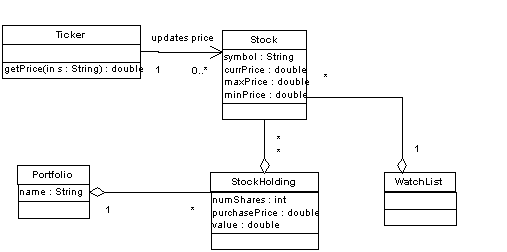

- #ARCGIS 10.3 LAYER VS. FEATURE CLASS HOW TO#
- #ARCGIS 10.3 LAYER VS. FEATURE CLASS PRO#
- #ARCGIS 10.3 LAYER VS. FEATURE CLASS SOFTWARE#
- #ARCGIS 10.3 LAYER VS. FEATURE CLASS FREE#
Build Songs Using Free SamplesĪpple Loops bolster the already impressive possibilities provided by virtual instruments. While many of us lack the skills to use these instruments in the real world, GarageBand makes it easy to experiment and use them in interesting ways. It’s a lot of fun, even if you’re not composing a masterpiece. You can choose which instruments to include (violins, violas, cellos, and basses), and create orchestral swells by mimicking the movement of a bow. One of the most impressive “instruments” is the string section, which allows you to conduct your own mini orchestra. You can also play with plenty of other classic “analog” synths, dreamy pads, dominant leads, and a whole category of weird and wonderful “FX.” If you’re already familiar with keyboards, you can plug in a MIDI keyboard and play GarageBand’s varied instruments that way instead.Ĭhief among these is the Alchemy Synth, Apple’s virtual polyphonic synthesizer. More basic controls are also included like a regular old keyboard and the ability to display only particular musical scales. You can choose the chords you want, then record anything you come up with to the timeline. These allow you to play chords and variations of those chords simply by tapping and dragging your fingers on-screen. The easiest of these is Apple’s “smart” instruments like the Smart Keyboard and Smart Guitar. It’s possible to interact with these instruments in a myriad of ways.

GarageBand includes a broad range of virtual instruments, including pianos and keyboards, guitars and bass, drum kits and drum machines, and an assortment of world instruments. It could be the perfect teaching tool for musical theory or a jumping-on point for anyone who’s ever wanted to make music but lacks the budget and practical skills. Not only is it useful, but it’s also a lot of fun.
#ARCGIS 10.3 LAYER VS. FEATURE CLASS PRO#
GarageBand projects are also natively compatible with Logic Pro X, Apple’s pricey professional DAW.īut you don’t need to be a producer or a songwriter to get a kick out of GarageBand. Even if you don’t use GarageBand to produce and mix an album, it’s still one of the easiest ways to get music out of your head and into a digital format.īecause the Mac, iPhone, and iPad versions of GarageBand are interchangeable, you can save your projects in the cloud and resume them from any device. Justice produced its entire Cross album using GarageBand (including the song below), while Rihanna’s smash hit “Umbrella” uses one of Apple’s royalty-free loops for the drumbeat. Despite these limitations, GarageBand has been used by producers like Steve Lacy (Kendrick Lamar, The Internet) and Grimes.
#ARCGIS 10.3 LAYER VS. FEATURE CLASS SOFTWARE#
As a result, it lacks many of the advanced features you’d find in software like Ableton or Logic Pro. Unlike other DAWs, GarageBand focuses primarily on being user friendly. A whole library of loops is also ready to be used if you’re in need of inspiration. Apple simplifies the process of playing instruments to the point where you can conduct an entire string section with your fingers. You can use GarageBand to make music quickly, without any prior knowledge of musical theory or practical skills. It’s available for Mac, too, but we love the touch-based iPhone and iPad version most of all. GarageBand is free, approachable, and runs on any modern iPhone or iPad. Most DAW software is pricey, complex, and demanding, from a hardware perspective. The final model is represented in the image below.GarageBand is a digital audio workstation (DAW).
#ARCGIS 10.3 LAYER VS. FEATURE CLASS HOW TO#
The steps below describe how to recover a corrupted feature class. The corrupted feature class is partially or wholly recovered using a model in ArcGIS Pro or ArcMap.



 0 kommentar(er)
0 kommentar(er)
